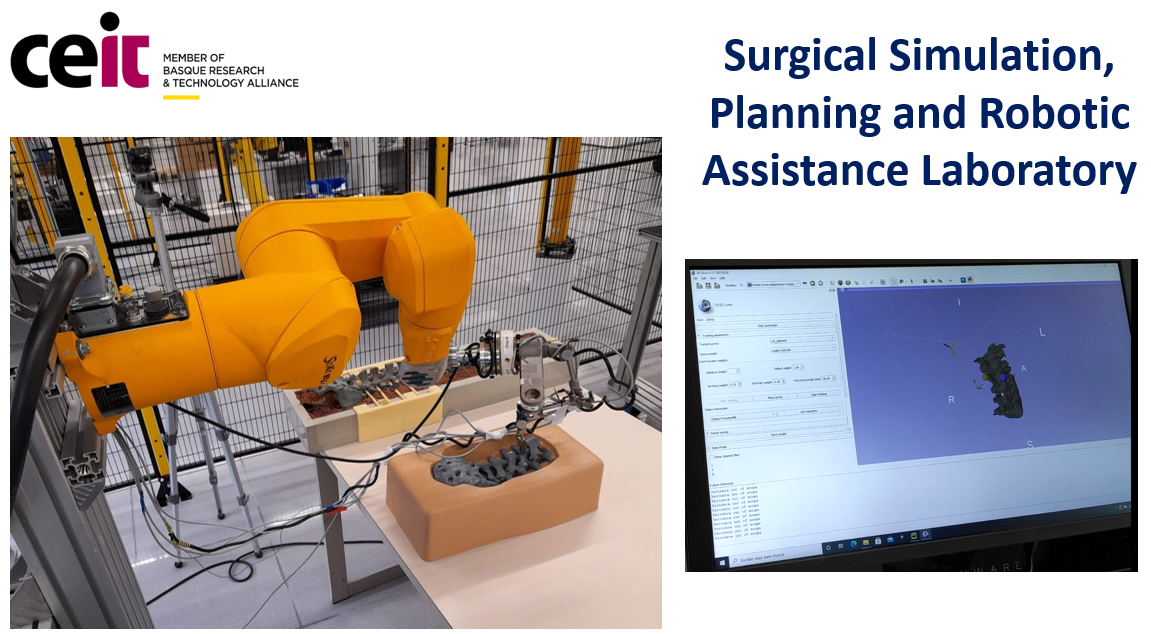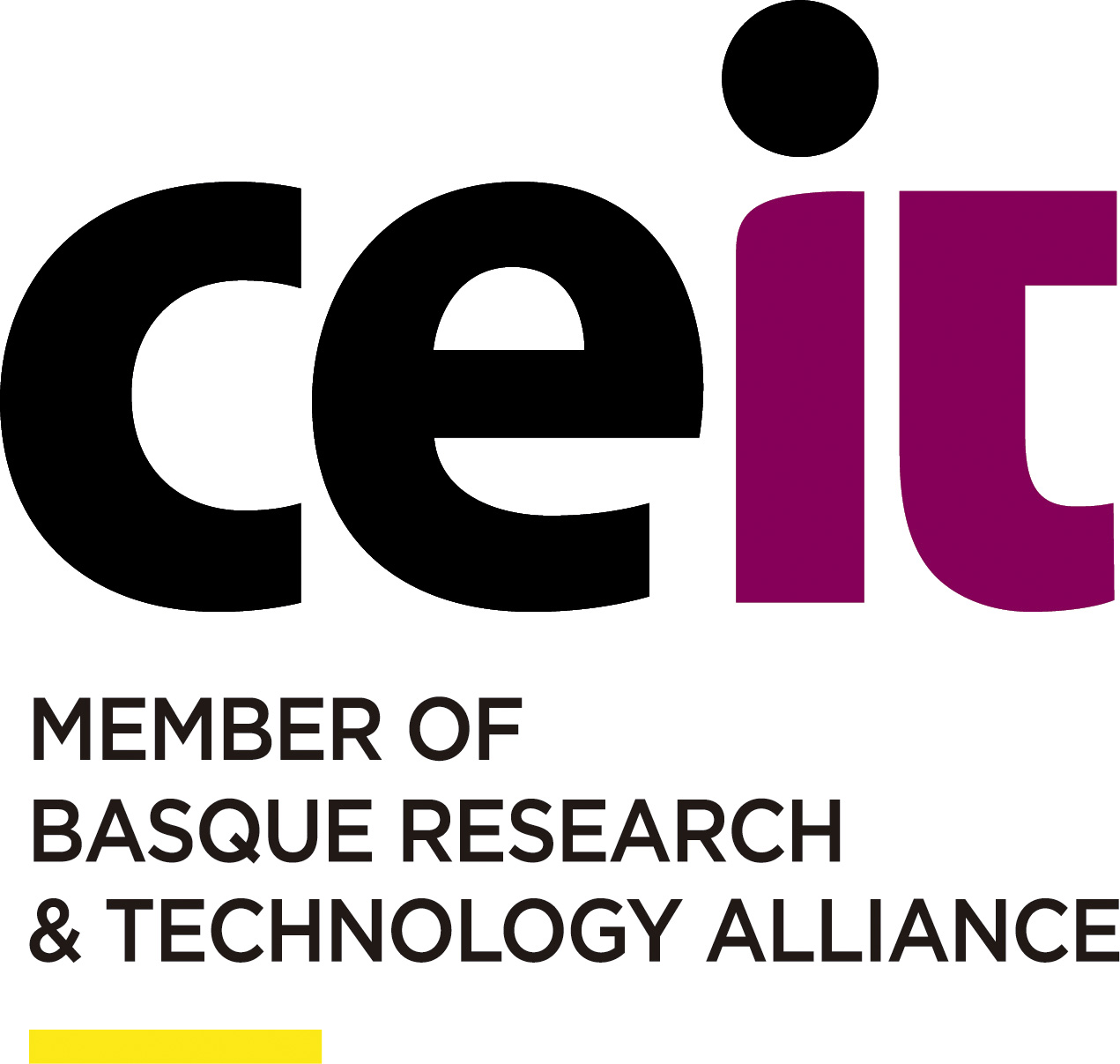NAME Kirurgiako simulazio, plangintza eta asistentzia robotikoko laborategia (KiSPAR-LAB)

SSPRA-LAB helburu orokorreko kirurgian entrenatzeko, simulatzeko, planifikatzeko eta laguntza robotizatua emateko tresnak garatzera bideratuta dago (Kirurgia konbentzionalari, odolik gabeko kirurgia, kirurgia endobaskularrari, biopsiei eta abarri aplikatzekoa). DCOM ereduekin bateragarria. Tele-eragiketa eta/edo elkarlaneko robot gisa konfiguratu daiteke, murrizketa eta/edo laguntza dinamikoekin. Robotika-unitatea posizioan eta/edo indarrean kontrola daiteke. Pazientea kokatzeko, traker optikoa (adibidez, Ndi), haztagailu mekatronikoa eta abar erabil daitezke.
FIELDS OF APPLICATION
Digital health
Electromedical devices
Medical Image
MOST OUTSTANDING EQUIPMENT AND COMPONENTS
-
High precision Optitrack optical tracking system
High precision Optitrack optical tracking system
-
Omron collaborative robot (TM90)
Omron collaborative robot (TM90)
-
Stäubli robotic arm (TX40), with unival-drive interface
Stäubli robotic arm (TX40), with unival-drive interface
SERVICES OFFERED BY THE ASSET
Biomechatronic device evaluation study
Evaluation of the functioning of mechanical, robotic and exoskeleton devices from various points of view: functionality, robustness, resistance, usability, etc. Comparative among different robot solutins (common industrial robot, collaborative robot and/or haptic device)
Connectivity with hospitals PACS systems
Viability analysis and implementation of biomedical devices following the 4.0 industry framework (Internet of Things)
Development of new biomechatronic assistance systems
From concept to prototype, assistance for the development of new mechatronic devices for medicine.
Device sensing
Instrumentation (force, pressure, resistance, operation, consumption, etc. sensors) of devices to improve capacities and expand functionalities
People monitoring
Biomechanical study of systems and people, for the analysis of the interaction with the devices under study at patient and surgeon level.
Study and evaluation of the optimal architecture for robotic assistance
Analysis of the suitability and implementation of the optimal architecture such as teleoperation (with/without force/torque feedback), collaborative robotics with different levels of automation (supervised automonous, semi-autonomous, virtual fixtures, assisted motion, etc).
Training systems for surgeons
From proof of concept to validation of surgical training systems based on virtual/augmented reality.
ENTITY MANAGING THE ASSET

Contact person:
Emilio Sanchez
esanchez@ceit.es